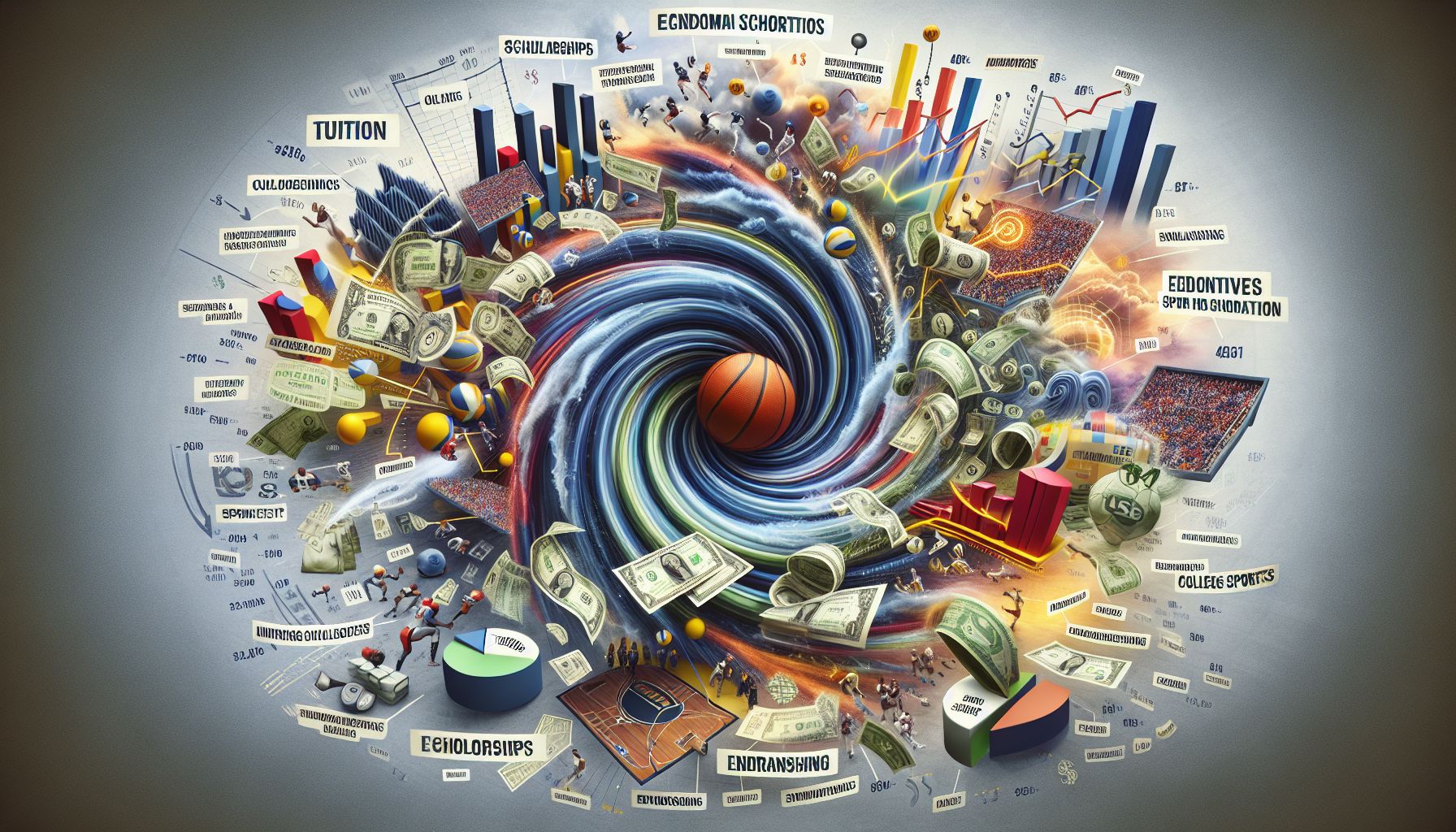Sports and business have always maintained a complex relationship, with financial dynamics playing a crucial role in shaping the landscape of the sports industry. This intricate bond is especially pronounced in the domain of college sports, where the interplay between athletics and economics is constantly evolving. From multi-million dollar sponsorships to lucrative broadcasting deals, the business side of college sports is a vibrant ecosystem that demands close attention and analysis.
Market Trends in College Sports
One of the key market trends in college sports is the growing emphasis on branding and commercial partnerships. Universities and college athletic programs are increasingly leveraging their sports teams as marketing tools to attract sponsors and boost brand visibility. This trend has led to a significant increase in corporate sponsorships, with companies seeing college sports as a lucrative platform to reach a diverse and engaged audience.
Additionally, the rising demand for college sports content has also led to a surge in media rights deals. Broadcasting giants are willing to pay top dollar for the rights to air college sports events, leading to substantial revenue streams for universities and athletic programs. The competition among networks for broadcasting rights has created a seller’s market, with colleges reaping the benefits of this financial boom.
Financial Dynamics of College Sports
The financial dynamics of college sports are multi-faceted, encompassing diverse revenue streams and expenditure categories. Ticket sales, merchandise, donations, and licensing agreements are just a few of the revenue sources that contribute to the financial health of college athletic programs. On the other hand, expenses such as scholarships, coaching salaries, facility maintenance, and travel costs eat into these revenues, requiring careful financial management to ensure sustainability.
Furthermore, the debate around athlete compensation has added another layer of complexity to the financial dynamics of college sports. With ongoing discussions about the fairness of the current amateur model and the potential for athletes to profit from their name, image, and likeness (NIL), the business model of college sports is facing unprecedented scrutiny and calls for reform.
Noteworthy Developments in the Sports Business Domain
In recent years, several noteworthy developments have reshaped the sports business landscape in college sports. The Supreme Court’s ruling in the NCAA v. Alston case, which upheld a lower court’s decision that restricted the NCAA’s ability to limit education-related benefits for student-athletes, has set a new precedent for athlete compensation and opened the door for further reforms in the NCAA’s amateurism rules.
Moreover, the emergence of new technologies and digital platforms has revolutionized the way fans engage with college sports, offering new opportunities for monetization and fan interaction. From virtual reality experiences to social media engagement, colleges are leveraging technology to enhance the fan experience and drive additional revenue streams.
Conclusion
In conclusion, the business side of college sports is a dynamic and complex ecosystem that warrants careful analysis and attention. Market trends, financial dynamics, and noteworthy developments in the sports business domain all play a role in shaping the future of college athletics. As the industry continues to evolve and adapt to changing consumer preferences and technological advancements, it is essential for stakeholders to stay informed and proactive in navigating the ever-changing landscape of college sports business.
